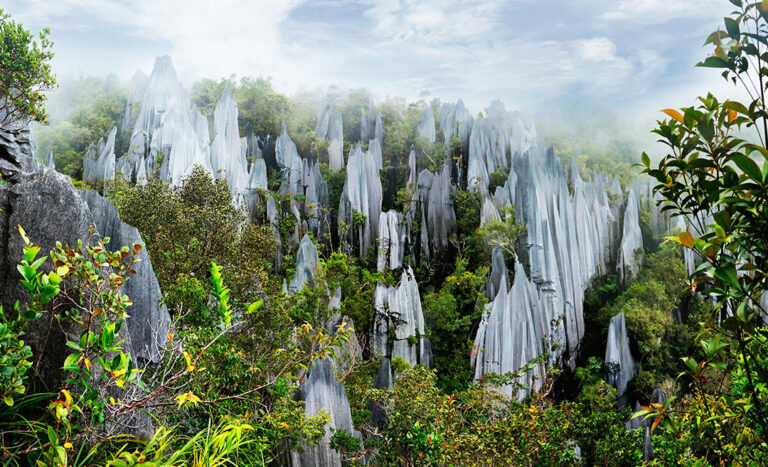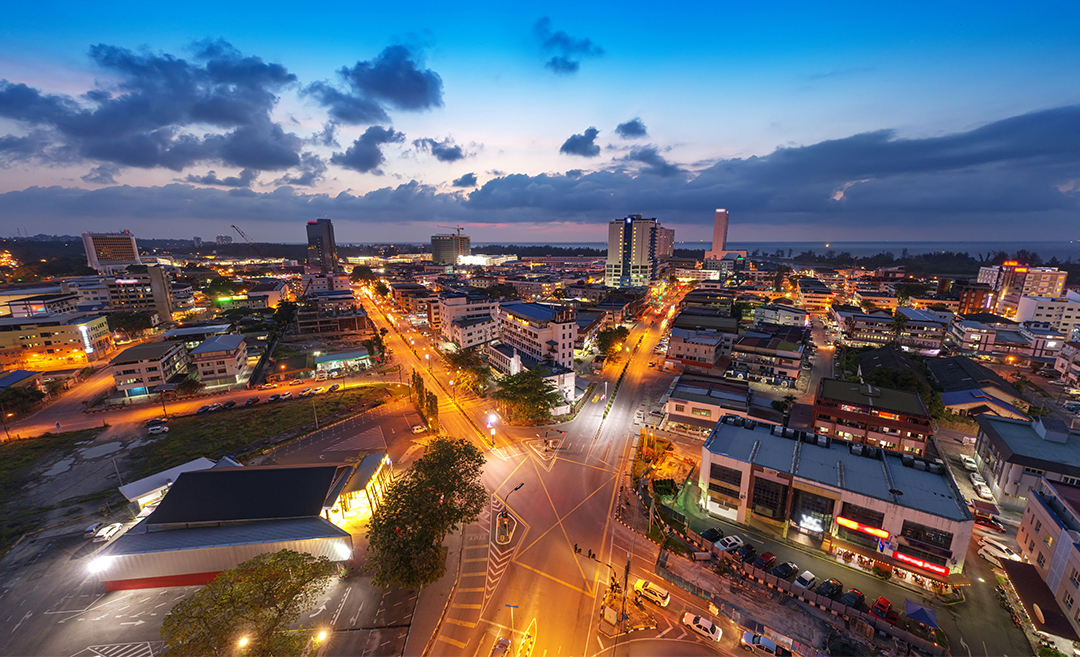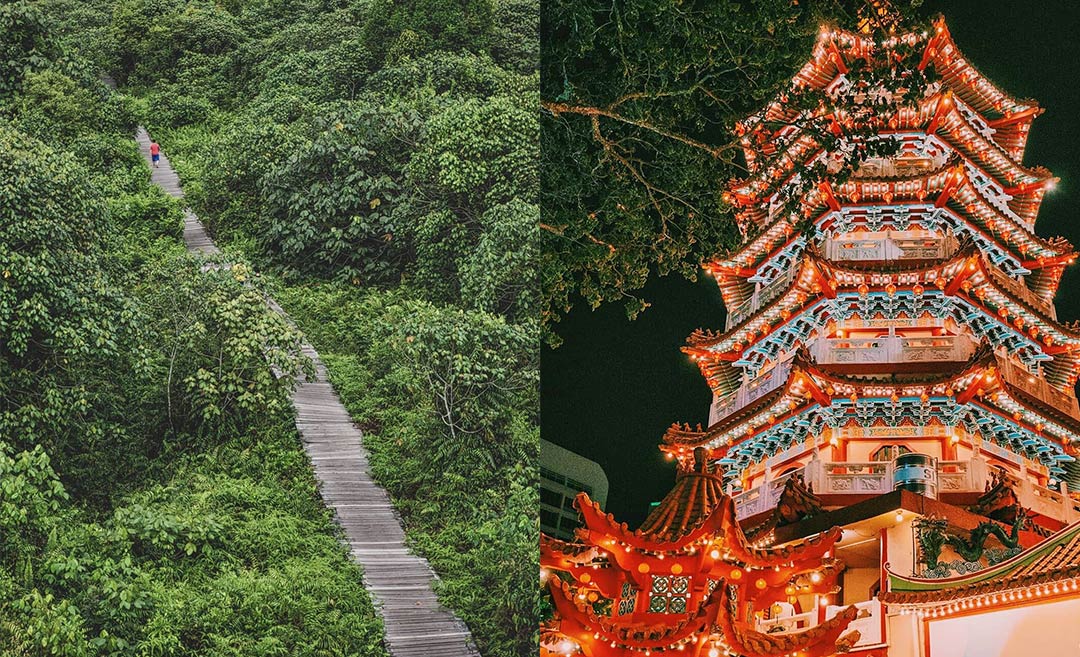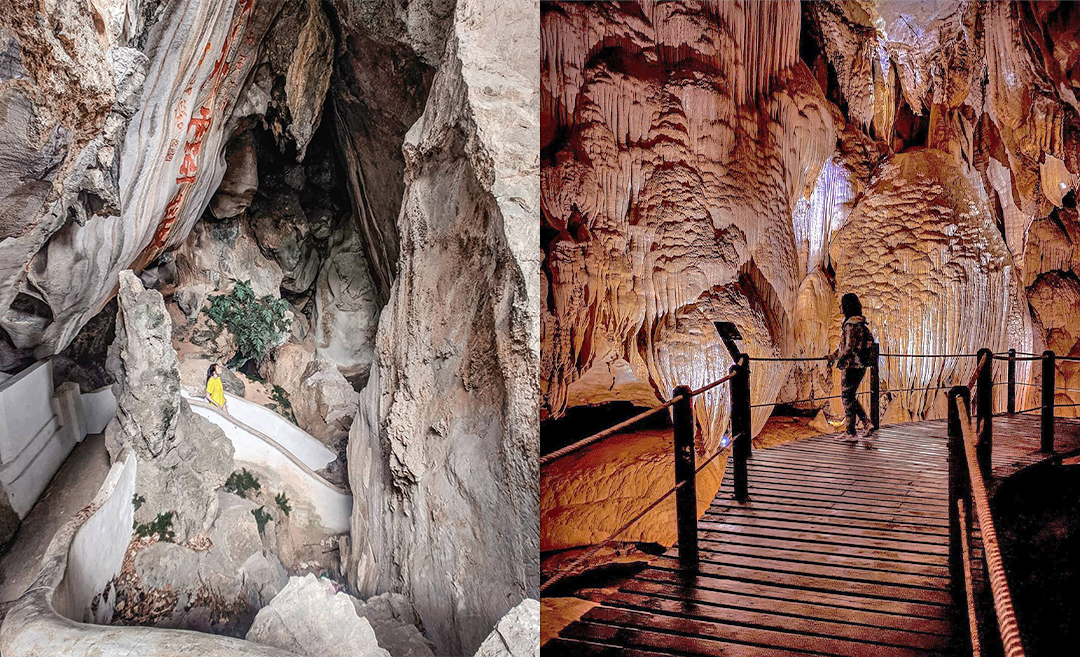With a breathtakingly beautiful landscape forged over millions of years, Gunung Mulu National Park in East Malaysia’s Sarawak state is one of Borneo’s crowning glories.
Dominated by Mount Mulu, a 2,376-metre-high sandstone pinnacle, this vast ecological treasure is composed of rainforest-covered peaks, dramatic karst formations, large cave passages, and underground rivers.
Accessible via Miri, Sarawak’s second city and the main gateway to the park, this eco-paradise tucked away in northeastern Sarawak is a wonder to explore.
1. It is a UNESCO World Heritage Site
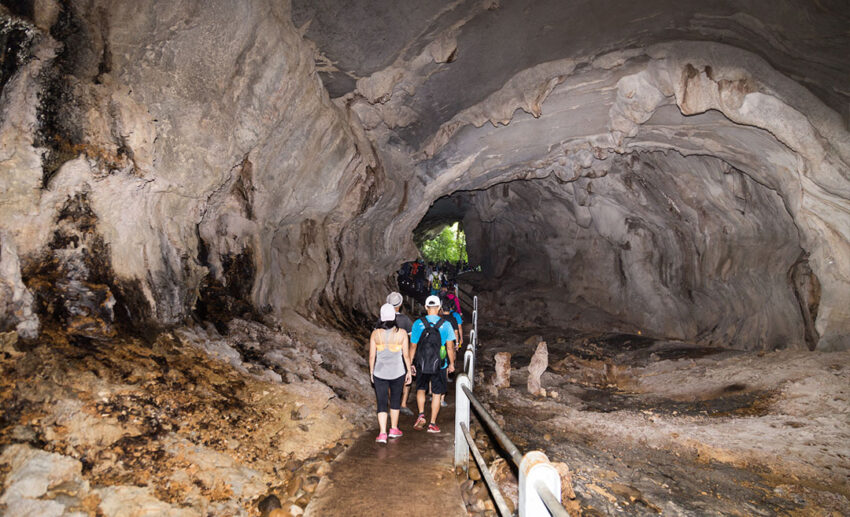
Spanning 52,864 hectares, Gunung Mulu National Park is the most studied tropical karst area in the world.
Noted for its high biodiversity and some of the world’s finest examples of karst collapse, the park was declared a UNESCO World Heritage site in 2000.
Backdropped by a trio of soaring peaks – Mount Mulu, Mount Api and Mount Benarat – the park encompasses rugged summits, steep ridges and escarpments, karst towers, waterfalls, and caves.
2. It has the world’s largest cave chamber
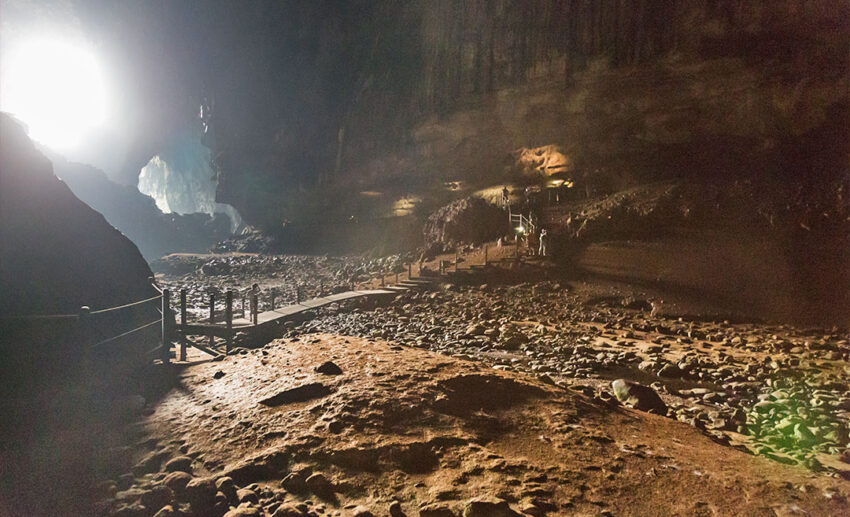
Gunung Mulu National Park is home to the Sarawak Chamber, the world’s largest known cave chamber by area, measuring 600 metres long, 415 metres wide and 80 metres high.
Discovered in 1981, this expansive chamber – which can fit up to 40 Boeing 747s – consists of subterranean rivers, flowstones, and massive walls and is recommended for experienced cavers.
More accessible caverns include Clearwater Cave – named for its crystal-clear underground water system that stretches for 237 kilometres – Deer Cave, which showcases a karst valley, and Lang Cave, an amazing display of stalactites, stalagmites, and rimstone pools.
3. It is crowned with spectacular limestone spires
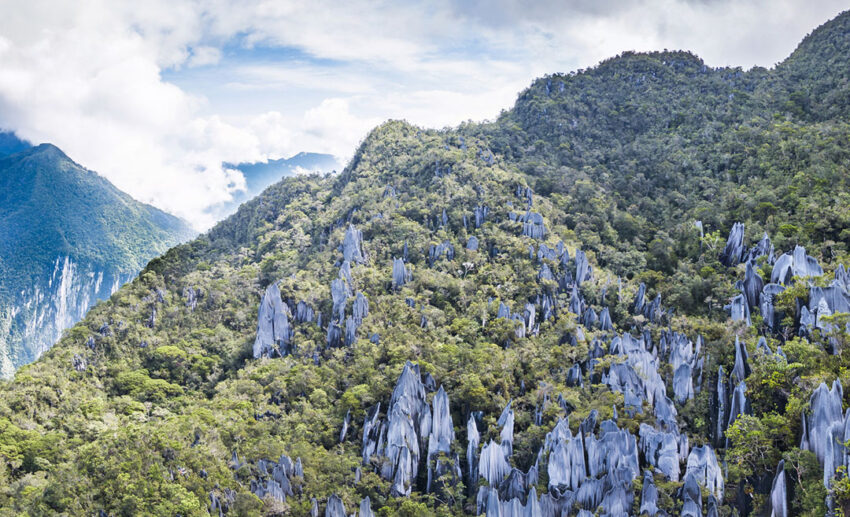
One of the national park’s most striking features is the Pinnacles, sharp spires that soar skywards amid the forest landscape some 1,200 metres above sea level.
Formed by the gradual erosion of limestone, these spectacular 50-metre tall vertical projections are commemorated on Malaysia’s 100 ringgit banknote alongside Borneo’s highest peak, Mount Kinabalu.
Adventurous hikers claim that the best view of the razor-like formations is from a vantage point on Mount Api, a gruelling but rewarding multi-day trek that involves vertical rock climbing.
4. It is a rich biodiversity hotspot
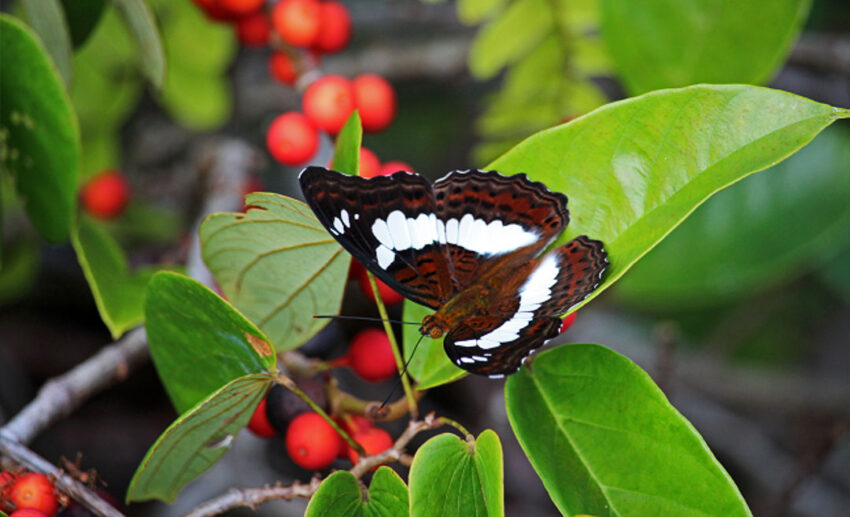
The island of Borneo is famed for its rich flora and fauna. This biodiversity is evident in the vast equatorial rainforest of Gunung Mulu National Park, which encompasses 17 different vegetation zones supporting a wide range of plant and animal species.
The park is home to over 4,000 plant species, including 182 types of orchids and 15 species of carnivorous pitcher plants, alongside a thriving animal population.
According to researchers, the park’s fauna includes 305 bird species, 116 mammal species, 54 species of bats, as well as reptiles, amphibians, and fish.
The site’s karsts and isolated mountain peaks also shelter rare, endemic plant and animal life like the Nepenthes muluensis pitcher plant and the Mulu horned frog, which can only be found in moss forests near mountain streams.
This story by Chitra Santhinathan was originally published on AirAsia. Zafigo republished this story in full with permission from the publisher, simply because good stories should be read by as many people as possible! If you have stories that will be of interest and useful to women travellers, especially in Asia, please get in touch with us at [email protected].

